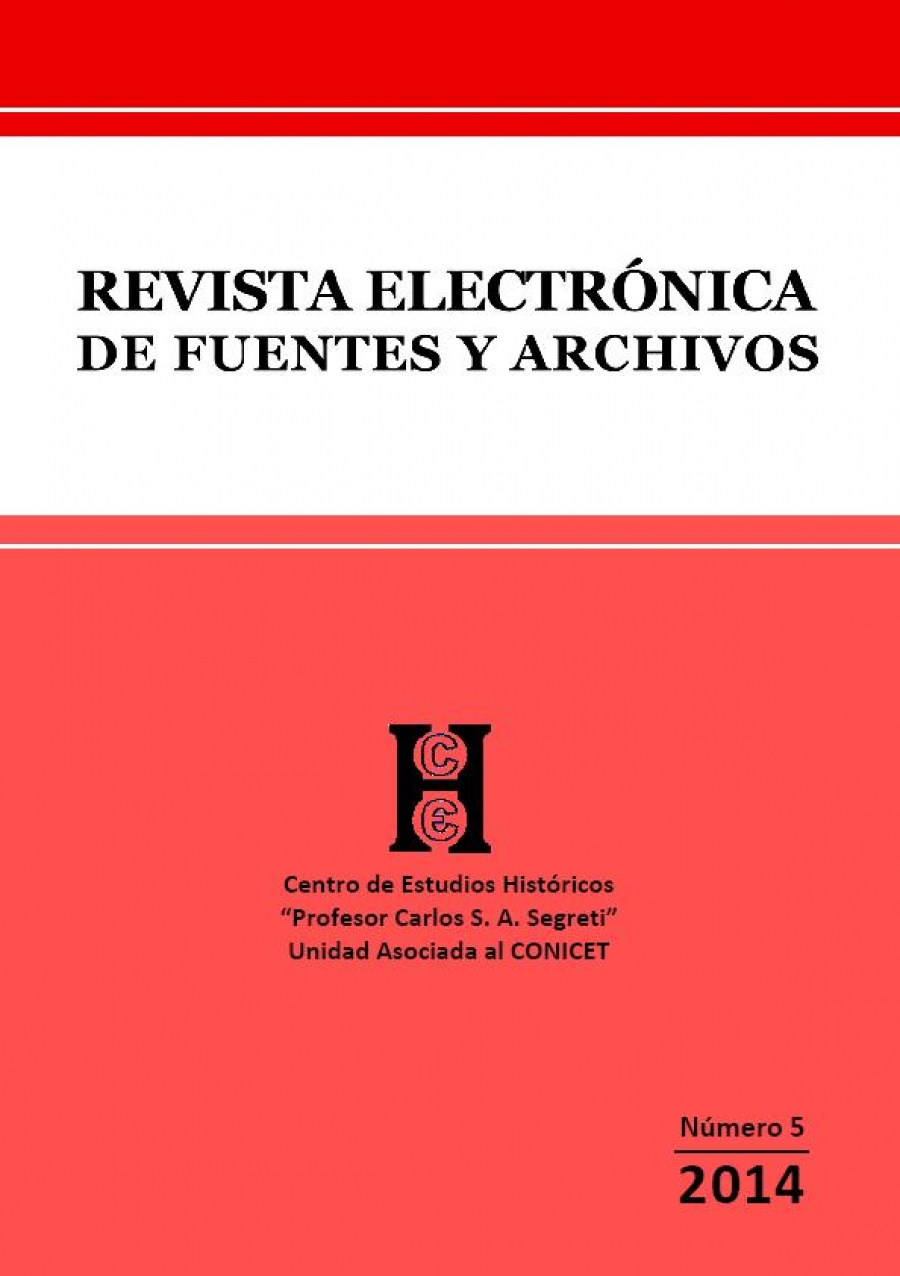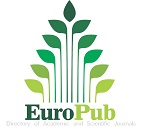Sources and possibilities for the environmental historiography of Cordoba. The study of the relationship between fluvial systems and society: the case of Los Sauces river, Traslasierra, 1870-1930
Keywords:
water, watershed, river system, enviromental historyAbstract
In recent decades, the environmental problem has been gaining interest among social actors of several backgrounds. In this sense, history has contributed to the understanding of the relationship between natural and social systems through its specific conceptual and methodological baggage. Nowadays, comprehensive and coordinated water resources management at the basin level is developing and shows many difficulties that are closely linked to historical models of management. We aim to identify some general methodological considerations on the environmental history of rivers, specifically in our case study on the river Los Sauces water system. Furthermore, we show how these considerations are deeply linked with the selection and treatment of the documentary sources that we examined. We believe that the achievement of both objectives can effectively
contribute to the diachronic study of society / natural water systems relationship in the province of Córdoba and could encourage the development of these kind of investigations.
Downloads
References
BACH Ricardo M., “El territorio y el medio ambiente”, Academia Nacional de la Historia, Nueva Historia de la Nación Argentina, vol. VII, Buenos Aires, Planeta, 2001, pp. 176-197.
MERCHANT Carolyn (ed.), “Green versus gold. Sources in California’s environmental history”, Washington D.C., Island Press, 1998.
RADKAU Joachim, Nature and Power. A Global History of the Environment, New York, Cambridge University Press, 2008.
WORSTER Donald, “El agua en la historia moderna. Temas y preocupaciones”, Guillermo CASTRO HERRERA (Selección, traducción y presentación), Transformaciones de la Tierra, Montevideo, Coscoroba, 2000.
Downloads
Published
Issue
Section
License
Copyright (c) 2014 Gabriel Garnero

This work is licensed under a Creative Commons Attribution-NonCommercial-ShareAlike 4.0 International License.
Se puede compartir (copiar y redistribuir el material en cualquier medio o formato) y adaptar (remezclar, transformar y construir a partir del material), siempre que: a) se cite la autoría y la fuente original de su publicación (revista, editorial y URL de la obra); b) no se use con fines comerciales; c) la distribución de las obras derivadas se haga con una licencia igual a la que regula la obra original.




















